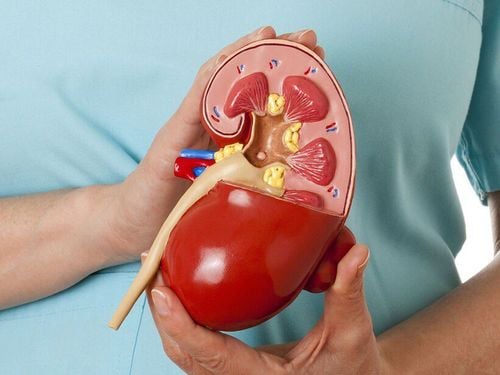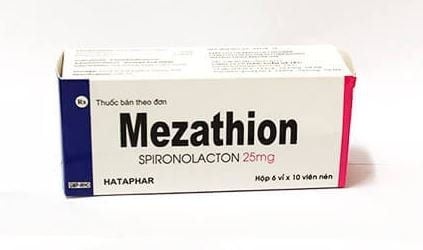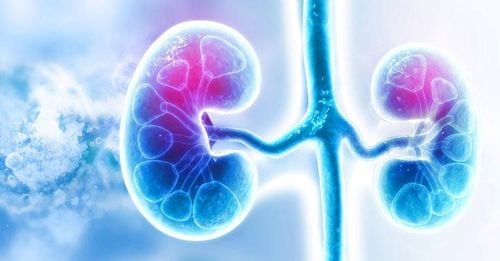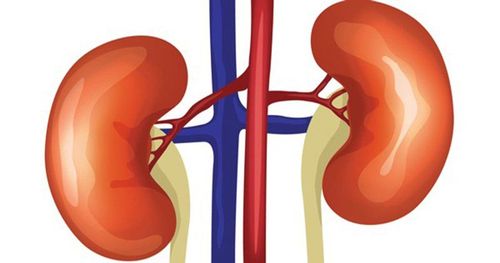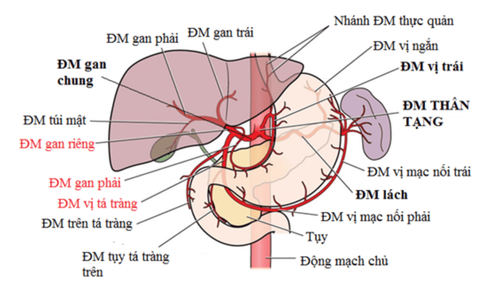This is an automatically translated article.
Nephrotic syndrome is a chronic disease with clinical symptoms including edema, decreased blood protein, while elevated protein, lipid and blood cholesterol. In the initial stage, the main manifestation of the disease is increased cholesterol in the blood.1. Pathology of nephrotic syndrome
Nephrotic syndrome is a collection of symptoms caused by kidney damage. Symptoms of the disease include: Presence of protein in the urine, low blood albumin levels, elevated blood lipids, and significant edema in the patient. Other symptoms may include weight gain, fatigue, and foam in the urine. In addition, the disease carries a risk of complications such as blood clots, infections, and high blood pressure. The reason why cholesterol is elevated in nephrotic syndrome is mainly related to hyperproteinemia.The cause of the above symptoms originates from a number of kidney diseases such as localized glomerulosclerosis, membranous nephropathy, minimal change disease. Nephrotic syndrome can also occur as a complication of diabetes or lupus. The pathogenesis is mainly related to damage to the glomeruli of the kidney. Diagnosis is usually based on urinalysis and sometimes a kidney biopsy is required.
Treatment of nephrotic syndrome is aimed at addressing the underlying cause. In addition, efforts should be made to control disease-related conditions such as high blood pressure and high blood cholesterol, and limit the risk of infection.
2. Signs of hypercholesterolemia in nephrotic syndrome
Abnormalities in blood cholesterol levels are often the first sign seen in patients with nephrotic syndrome. Hypertriglyceridemia occurs secondary to this. Such hyperlipidemia is more common when the serum albumin level falls below 20 g/l.Low-density lipoproteins (LDL), very low (VLDL) and intermediate (IDL) all showed signs of increase, while high-density lipoprotein (HDL) remained normal or decreased. Lipid abnormalities are mostly reversible when the nephrotic syndrome disappears. So why does nephrotic syndrome cause hyperlipidemia?
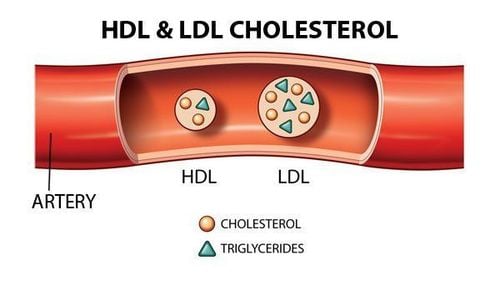
Ở bệnh nhân mắc chứng thận hư, LDL tăng cao trong khi HDL giữ nguyên hoặc giảm đi
3. Why does cholesterol increase in nephrotic syndrome?
3.1. Due to increased hepatic VLDL synthesis Increased hepatic VLDL synthesis is considered to be the primary mechanism, often related to severity of hypoalbuminemia (blood protein). When blood albumin decreases, it leads to a decrease in the oncotic pressure of the plasma, leading to the stimulation of apoLipoprotein B synthesis, thereby increasing the synthesis of VLDL. In addition, the increase of HGM CoA reductase, mevalonic acid, a precursor of cholesterol and free fatty acids, also explains why cholesterol is elevated in nephrotic syndrome.3.2. Reducing enzyme Lipoprotein Lipase (LPL) LPL enzyme plays an important role in reducing VLDL degradation, causing the concentration of this lipoprotein to increase. It is the free fatty acids that inhibit the activity of LPL. Deficiency of apo C II and heparan sulfates, due to urinary excretion, also causes inhibition of this enzyme activity.
3.3. Decreased Lecithin cholesterol acyl transferase (LCAT) Nephrotic syndrome causes low levels of LCAT enzyme. Consequences for lipid abnormalities are through a reduction in HDL synthesis that initiates in the VLDLs.
3.4. Urinary loss of HDL and apo A1 The reason why nephrotic syndrome causes hyperlipidemia is also related to urinary loss of HDL and apo A1, but plasma HDL concentrations are mostly normal.
The atherogenic effect of these lipid abnormalities has not been clearly demonstrated in patients with nephrotic syndrome.
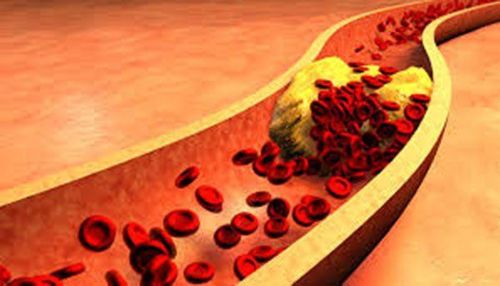
Tác động hình thành xơ vữa của những bất thường trong nồng độ lipid này chưa được chứng minh một cách thật sự rõ ràng đối với những bệnh nhân mắc hội chứng thận hư
Please dial HOTLINE for more information or register for an appointment HERE. Download MyVinmec app to make appointments faster and to manage your bookings easily.




